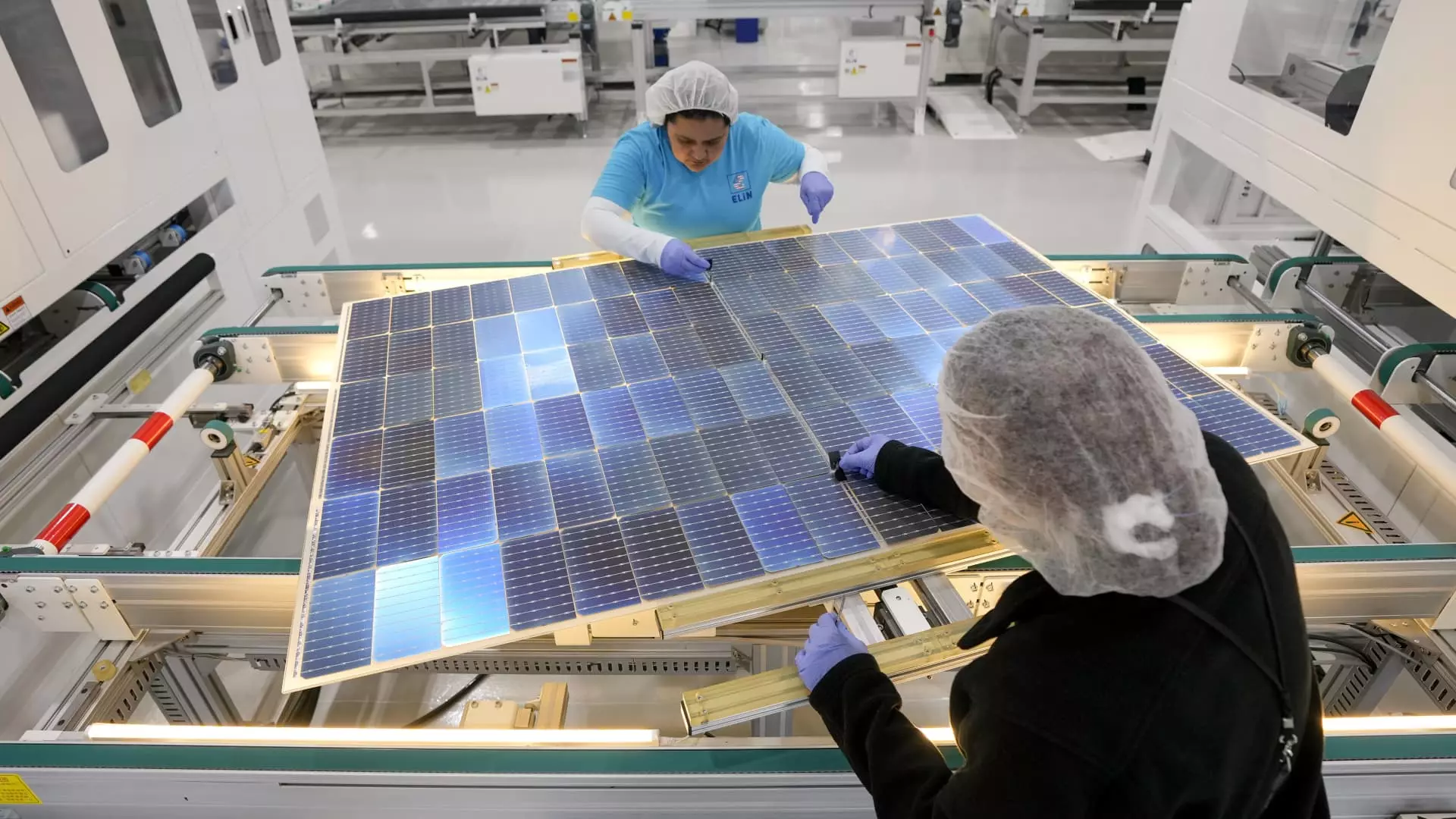The Inflation Reduction Act has been instrumental in sparking a manufacturing boom across the United States, with an influx of tens of billions of dollars in investments. This surge in investment has been particularly beneficial for rural communities in dire need of economic development. Companies have announced a staggering $133 billion worth of investments in clean energy technology and electric vehicle manufacturing since President Joe Biden signed the IRA into law in August 2022. Notably, actual manufacturing investment has seen a significant increase of 305% compared to the period prior to the implementation of the IRA, as per data from the Massachusetts Institute of Technology and the Rhodium Group.
The investments triggered by the IRA have not only fueled economic growth but have also created a substantial number of jobs, especially in rural areas. Unlike investments in other sectors such as AI and tech, clean energy investments are primarily concentrated in rural communities. These investments have emerged as a beacon of hope for these regions, providing a much-needed source of economic stimulus. The IRA has galvanized the deployment of renewable energy, with a significant focus on utility-scale solar and battery storage projects. The data suggests that $108 billion has been invested in these projects, leading to substantial gains in solar and battery storage investments over the past two years.
Despite the positive impacts of the IRA on manufacturing and clean energy investment, the road ahead is not without its challenges. The so-called “manufacturing renaissance” is still in its nascent stages and remains fragile as its sustainability rests on the political climate, particularly with the impending U.S. presidential election. A looming threat to the future of these investments is the possibility of a Republican victory, which has caused some investors to question the longevity of the IRA. Former President Donald Trump’s vocal opposition to the IRA and his advocacy for increased oil, gas, and coal production pose a direct threat to the progress made in clean energy and manufacturing sectors.
The political landscape, particularly surrounding the presidential election, has created uncertainty among investors and market players. Clean energy stocks plummeted following President Biden’s debate performance in late June, further fueled by the growing likelihood of a Republican win. The fear of a rollback of the IRA through the reconciliation process by Republicans, aimed at making Trump’s 2017 tax cuts permanent, has added to the unease in the market. The potential termination of tax credits for electric vehicles under a Republican administration could have significant repercussions on the clean energy industry.
Despite the concerns and uncertainties surrounding the IRA and its future under different political administrations, executives at renewable energy companies and analysts remain optimistic about the sustainability of investments in clean energy and technology. The significant impact of tax credits and incentives on driving investment and innovation in the clean energy sector cannot be understated. Moreover, the majority of IRA investments in new projects have been allocated to GOP congressional districts, creating a unique dynamic within the political landscape.
While the Inflation Reduction Act has undeniably catalyzed a manufacturing boom and clean energy investment spree across the U.S., its future remains uncertain. The delicate balance between political agendas, economic interests, and environmental concerns will ultimately shape the trajectory of manufacturing and clean energy investments in the country. As the nation heads into a pivotal presidential election, the fate of the IRA and its impact on the manufacturing sector hang in the balance, awaiting the outcome that will determine the future of clean energy investments and economic development.

Leave a Reply